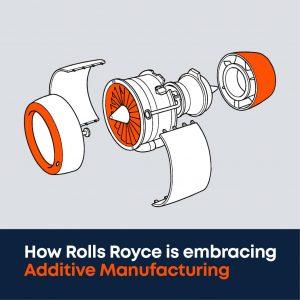
Rolls Royce embraces additive manufacturing in its aircraft engines
Rolls Royce describes itself as a technology company committed to prov...

How additive manufacturing helped launch SpaceX
SpaceX is by far the most exciting company of the 21st century. N...
